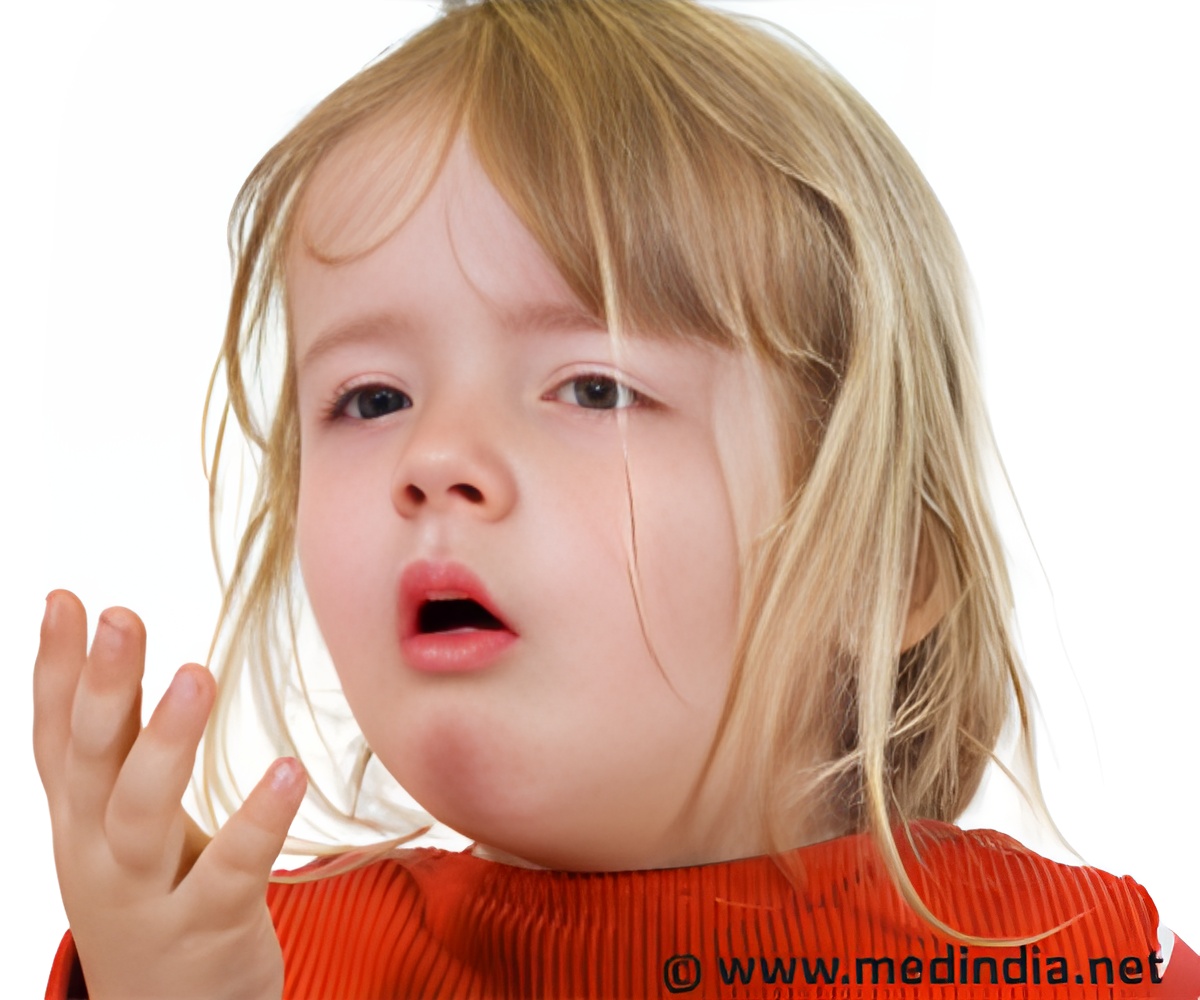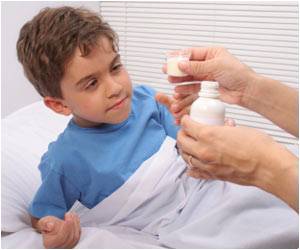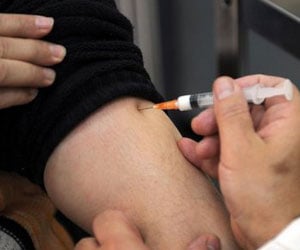The World Health Organization (WHO) released its newly updated 4th WHO Model List of Essential Medicines for Children (EMLc).

- Artesunate-mefloquine fixed-dose combination (ASMQ FDC) was added to the EMLc for the treatment of malaria in children, and to the EML for adults, in line with current WHO treatment guidelines. ASMQ FDC was developed with Farmanguinhos/Fiocruz (Brazil) and launched first in Brazil in 2008. After a technology transfer to Cipla (India), ASMQ FDC was prequalified by WHO in 2012, and registered in India, Malaysia, and Myanmar in 2011-2013.
- Nifurtimox-eflornithine combination therapy (NECT) was added to the EMLc for the treatment of late-stage sleeping sickness (human African trypanosomiasis) in children. Developed in partnership with Médecins Sans Frontières, Epicentre, and the Swiss Tropical and Public Health Institute, NECT was launched and added to the EML for adult treatment in 2009. NECT is the first new treatment option in over 25 years for sleeping sickness. It has been implemented and distributed by WHO - supported by donations by Sanofi and Bayer - through national control programmes in the 12 sub-Saharan African countries where 98% of late-stage sleeping sickness cases occur, replacing an old, toxic, arsenic-based drug that was commonly used before.
- Paediatric dosage form of benznidazole was added to the EMLc for the treatment of Chagas disease (American trypanosomiasis) in children. This child-adapted formulation of benznidazole - the main drug used to treat Chagas disease - was developed in partnership with Lafepe (Brazil) as an easily dispersible tablet for simple and accurate oral use in young children. The treatment was registered in Brazil in 2011.
Updated every two years, the WHO's EML and EMLc serve as critical guides for informing country-level essential medicine lists, procurement and supply of medicines, and clinical decision-making.
The inclusions of these new paediatric therapeutic options to the WHO EMLc attest to the urgent, specific treatment needs of children threatened by neglected diseases such as African sleeping sickness and Chagas disease, and highlight the leading public-goods product-development work of DNDi in the area of paediatric research and development (R&D) for neglected diseases and patients.
Advertisement
Source-Eurekalert










